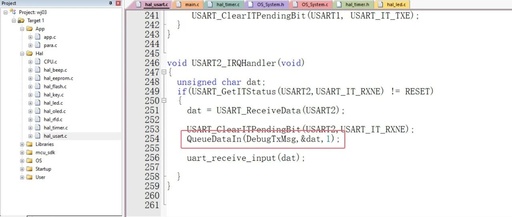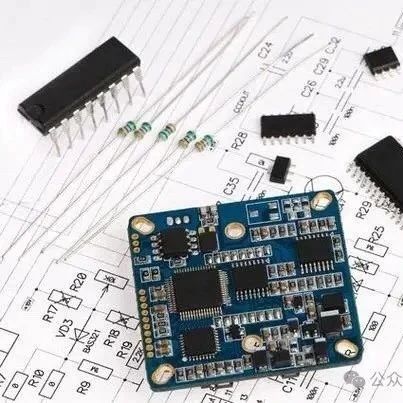Embedded Development Software Architecture in C: Interrupt Service Routines
1. Interrupt Mechanism of Microcontrollers The interrupt mechanism refers to the ability of a microcontroller to quickly handle external events (interrupt requests) while executing the main program. When an external event A occurs, the microcontroller pauses the current main program (interrupt response), saves the current state data, and then calls the handler for event A … Read more









